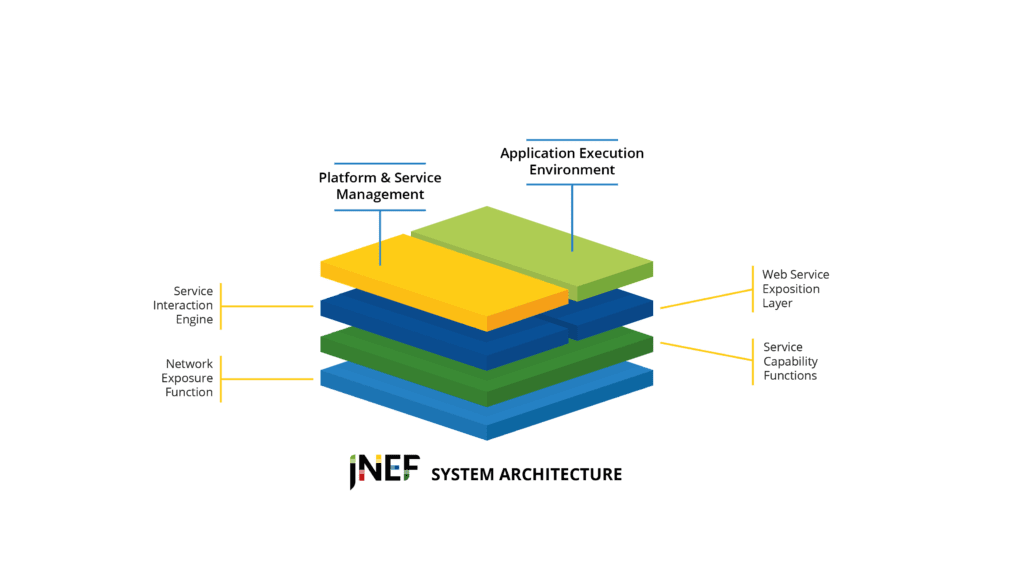
jNEF (jtendo Network Exposure Function) is a cutting-edge service delivery platform created by jtendo, designed to address the evolving needs of modern telecommunications networks while ensuring compatibility with legacy systems. As networks transition to 5G and beyond, jNEF bridges the gap between older technologies like 2G, 3G, and 4G, offering operators the flexibility to deliver next-generation services without abandoning their existing infrastructure. By leveraging advanced APIs, modular architecture, and scalable deployment strategies, jNEF provides an adaptable solution that meets the demands of both current and future network environments.

 Architecture
Architecture
 Key Features
Key Features
 Advantages
AdvantagesDeployment Models

Business Benefits
Conclusion: jNEF is a transformative solution that bridges the gap between legacy and modern telecommunications technologies. Its modular architecture, robust API framework, and global deployment success make it an ideal choice for operators seeking to enhance their service delivery capabilities. By combining innovation, cost-efficiency, and future-proof design, jNEF empowers telecom operators to thrive in an increasingly competitive and dynamic industry.

